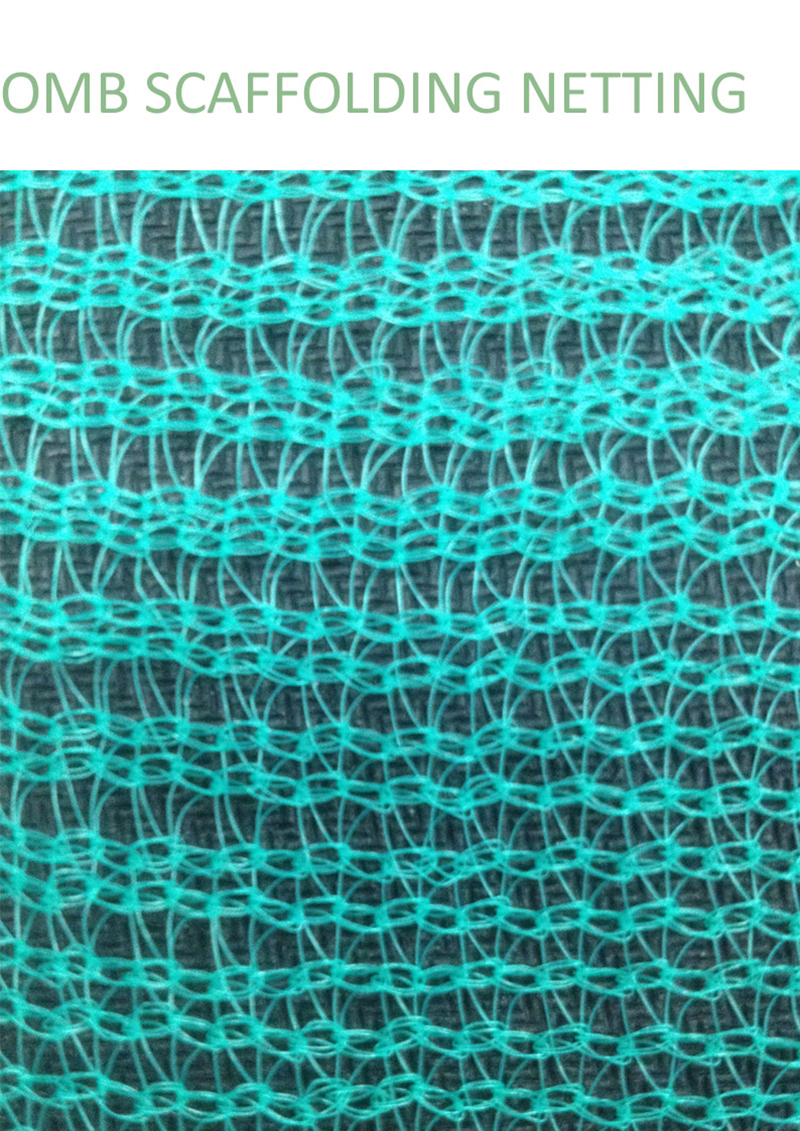
Scaffolding netting can help control dust on a construction site through several mechanisms:
1. Containment: Scaffolding netting acts as a physical barrier, preventing loose dust particles from dispersing into the surrounding environment. It creates a confined area within the scaffold structure, keeping the dust contained.
2. Windbreak: Scaffolding netting can serve as a windbreak, reducing air movement around the construction site. This helps to prevent the wind from picking up loose dust particles and carrying them to other areas.
3. Filtering: The woven or knitted structure of scaffolding netting can act as a filter, trapping larger dust particles in its mesh. This helps to reduce the amount of dust that escapes from the construction site.
4. Moisture retention: Scaffolding netting can help retain moisture in the air surrounding the construction site. Moisture in the air can bind with dust particles, making them heavier and less likely to become airborne.
5. Reducing the impact of construction activities: Scaffolding netting can partially shield the construction activities from external factors, such as wind or movement, which can kick up dust. By minimizing these influences, scaffolding netting can help reduce dust generation.
It's important to note that while scaffolding netting can contribute to dust control, it is not a foolproof solution. Other measures, such as proper ventilation, dust collection systems, and regular cleaning, may also be necessary for effective dust control on construction sites. Additionally, local regulations and guidelines should be followed to ensure compliance with dust control requirements.
What is the purpose of the windbreak created by scaffolding netting?
The windbreak created by scaffolding netting serves several important purposes in a construction site.
1. Dust Control: One of the primary purposes of the windbreak is to control the dispersal of dust particles. By reducing the airflow around the construction site, the windbreak prevents the wind from carrying dust away from the site and spreading it to the surrounding areas. This helps to maintain a cleaner and safer environment both on-site and in nearby areas.
2. Worker Safety: The windbreak created by scaffolding netting helps to create a more stable working environment for construction workers. By reducing the impact of wind, it minimizes the risk of objects being blown around and potentially causing accidents or injuries. It also provides a shield against gusts of wind, making it easier and safer for workers to perform tasks at height.
3. Material Protection: The windbreak helps to protect construction materials and equipment from damage caused by strong winds. It acts as a barrier, preventing wind-blown debris from coming into contact with fragile or lightweight materials, reducing the risk of damage or displacement.
4. Temperature Regulation: In some cases, the windbreak created by scaffolding netting can help to regulate temperature. It can reduce heat loss from the construction site during colder seasons by blocking wind drafts, creating a more comfortable working environment. Similarly, it can minimize the impact of hot winds during warmer seasons, improving worker comfort and productivity.
Overall, the windbreak created by scaffolding netting is essential for dust control, worker safety, material protection, and temperature regulation on construction sites.


 英语
英语 西班牙语
西班牙语













